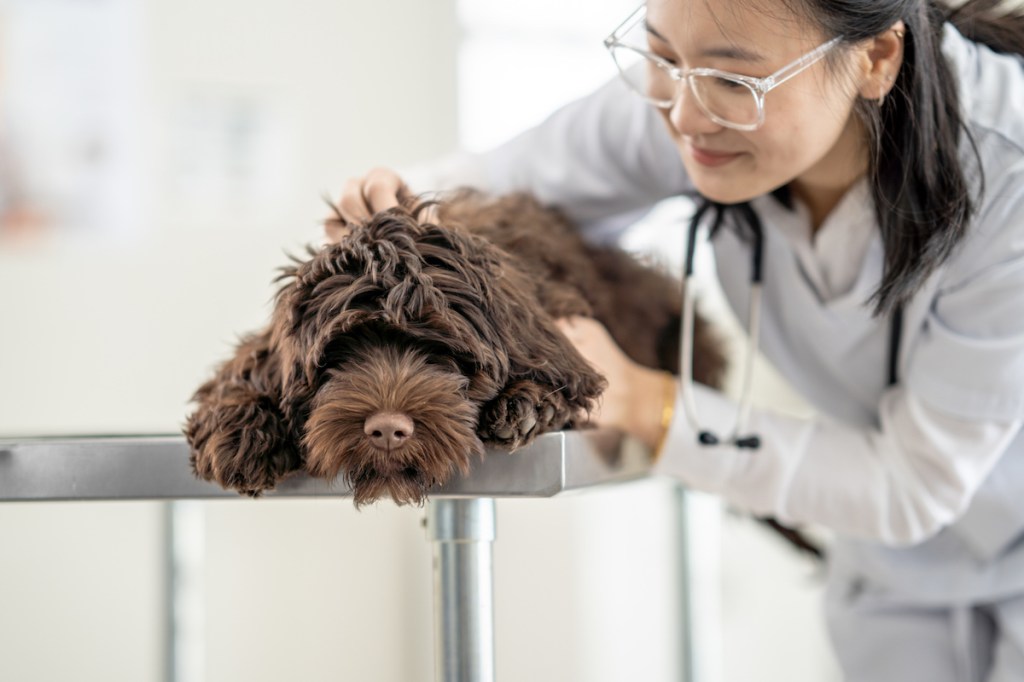Congenital stationary night blindness in dogs is an inherited condition that affects a dog’s retina. Often, the disorder is referred to as “CSNB.” Technically, the condition is also known as hereditary retinal dystrophy.
The condition affects a canine’s sight during the night. However, congenital stationary night blindness can also result in a dog having impaired vision during the day.
Unfortunately, certain breeds seem more likely to suffer from this disorder. For example, both Briards and Beagles are more likely to develop CSNB.
If you see signs that your dog might be suffering from CSNB or hereditary retinal dystrophy, you must consult your veterinarian for a proper diagnosis and course of treatment. Here’s what you should know about the symptoms, causes, and treatments of congenital stationary night blindness in dogs.
Symptoms of congenital stationary night blindness in dogs
The condition mostly affects how a dog can see during the night. Additionally, the condition can cause problems with a dog’s vision during daylight hours. As such, you may notice increased impairment in your pet’s sight at either time of day.
Causes of CSNB in dogs

The cause of the condition is inherited. This means a dog is born with it.
Technically, a mutation in a dog’s retinal pigmentation is thought to cause congenital stationary night blindness. This mutation gives lipids the chance to grow around the eye.
Generally, a dog will be born with this disorder if both of the pup’s parents pass along a defective gene. As such, there’s around a 25% chance of this happening every time a couple of carriers of the gene mate.
Additionally, the condition seems to affect certain breeds more than others. For instance, the Beagle and Briard breeds seem to suffer from it more frequently.
Treatments for congenital stationary night blindness in dogs
Firstly, if you think your dog might be developing congenital stationary night blindness, your veterinarian will want to carry out a full physical examination of your pet. Additionally, your vet will ask about your pup’s complete medical history. This will include any breed-specific problems.
Secondly, your vet will examine your dog’s eyes. In some cases, they may use a DNA test to confirm the condition.
Unfortunately, there is no current treatment for the condition. However, your vet is able to suggest changes you can make to improve your dog’s day-to-day life. For example, taking them for more walks during the day can be beneficial. Additionally, keeping your home well-lit is helpful for dogs who develop the condition so that they may more easily navigate their surroundings.





